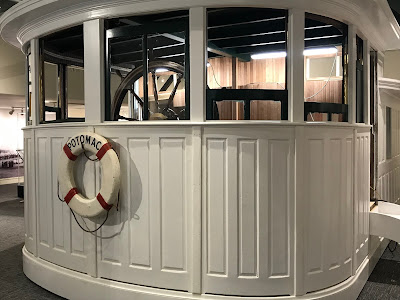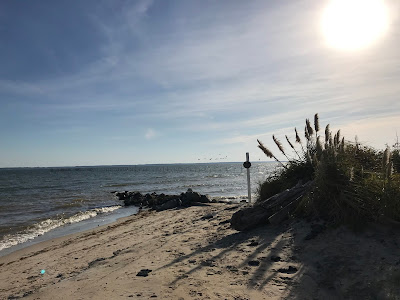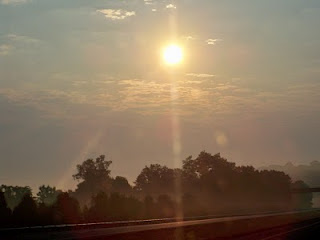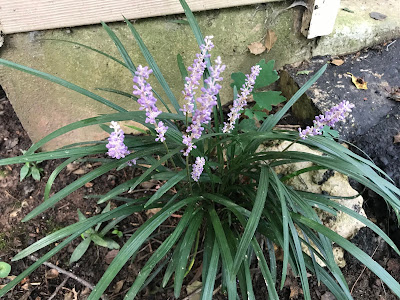Chesapeake Steamboats
One of the reason I love to travel is that it opens up worlds you’d never know if you didn’t leave home. It’s not just seeing the sights and meeting the people. It’s imbibing the history and culture.
Things like the Chesapeake steamboat culture, for instance, which flourished from the 19th century into the 20th. Boats plied the rivers, creeks and inlets of this watery world, picking up tobacco, produce, seafood — and people — and taking them to Baltimore or Norfolk. Neighbors would gather at the wharf when the boats made their return trip to retrieve the tools, lumber or lace they’d ordered from the big city.
Steamboats served as buses, ambulances, bars (you could get a drink on one during Prohibition) — and stages. The musical “Showboat” was based on an Edna Ferber story she wrote after spending time on the James Adams Floating Theater, which mostly plied the Chesapeake. These floating stages might be the only live entertainment a family could count on all year long. It was a big deal when the Floating Theater came to town.
Chesapeake steamboats — until this afternoon, I never knew they existed.
(This is the pilots cabin from the steamer Potomac, which is being restored in the Irvington Steamboat Museum.)









